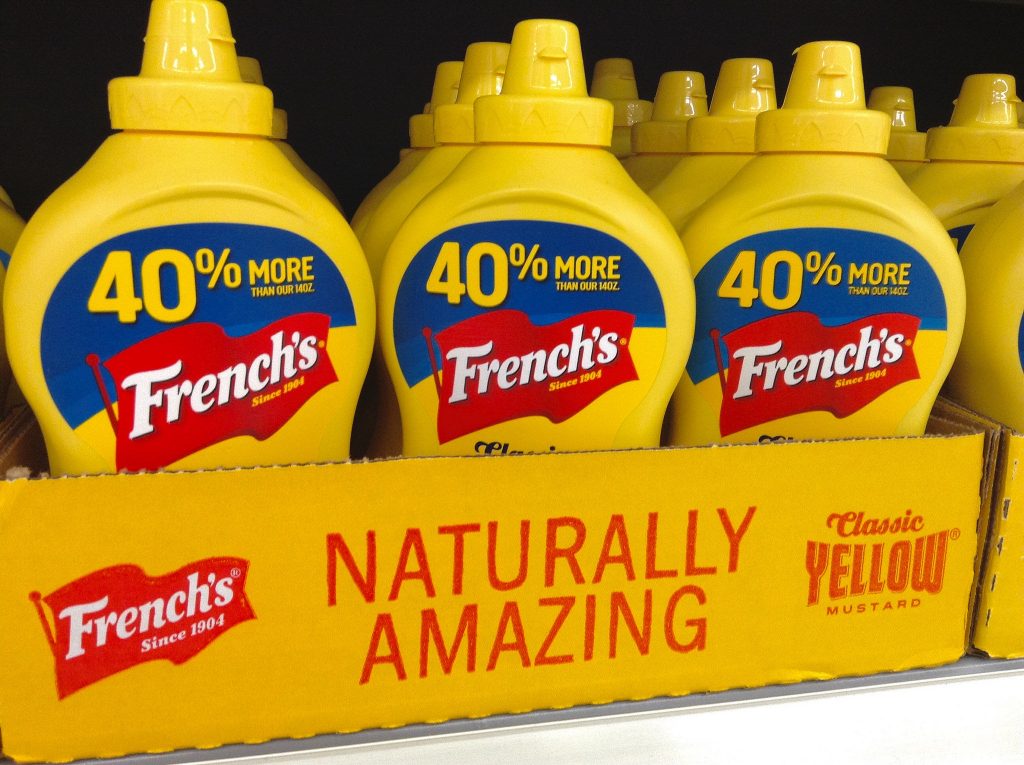Should We Mention the Date of Establishment in a Logo?
If, as a business owner or a graphic designer, you’ve been deliberating on whether you should use an establishing date in a logo, this article has been written to help you. Even if you weren’t even thinking about the subject, this article will still give you a fresh perspective.
What is the date of establishment?
In the context of branding, this date is mentioned in an organization’s logo (or other branding material) to communicate the age of the company to the consumer/audience. This age signifies only one thing- experience in the work that the organization does. Since, experience very often corresponds directly with expertise, addition of a date of establishment is a positive branding feature.

When the date of establishment is dead weight
You need your logo to be as simple as it can. In some contexts, it is therefore not wise to overload it with the estd. element. One of those contexts is of brands in the technology industry.
Using a date of origin in the tech brand logo is irrelevant because technology, by the very virtue of it, is constantly evolving, and quite fast.
The following example will illustrate the point better. A company, which has been making web-browsers since 1995, makes one in 2018. Another company that was founded a year ago also makes a web browser that not only tops the features, but also offers better security and stability than the one designed by the 33-year-old company. So, in the ever-changing world of digital technology virtual products, legacy is hardly ever a virtue.
When old is better
In contrast to digital technology, legacy is can be sought after in the automobile industry. The concept of legacy is not just about being part of a old group with some history, it also has practical grounds.

It is the very nature of internal combustion engines that makes it very hard to design a perfect machine from scratch. This is something that even veterans struggle with. It takes a couple of iterations before an engine model achieves true refinement, and a vehicle its best potential. This means that years actually add value to a vehicles design and development.
Old food that is not stale
Gourmet food brands, and any food brands in general, benefit from a history. It has to do with how human society associates flavours to certain period to betterment. It is like collective nostalgia. In some cases, particularly, alcoholic beverages, products that are literally old, years old. This antiquity applies to beverages like red-wine and whiskey.


When used for other food items originating from bakeries, confectioneries, or any other similar joints, the estd. Element suggests a proof for the quality of flavour that has lasted the test of generation and is still relevant.

The above cases may make it seem so that only rebranding efforts need to be concerned with the question of date of establishment. But, in truth, totally fresh brands can also implement a “estd. 2018” element. In such cases, it will work as a stylistic choice, but ten years down the line, it will have become an integral part of the logo.

So, as you may have gathered from this article, it is not just about the necessity that the date of establishment bears to your logo. It is more about analysing that if you actually use it, would it add value to the brand, in the present or the future. If the answer to this deliberation is in the affirmative, then your logo should proudly feature a establishing date.







